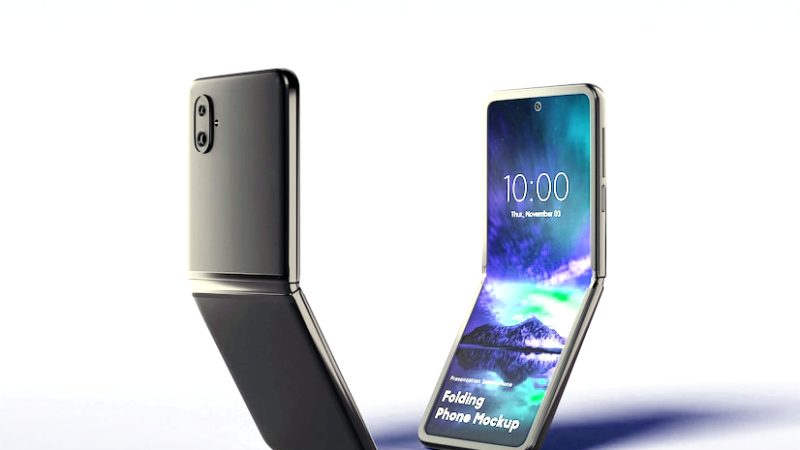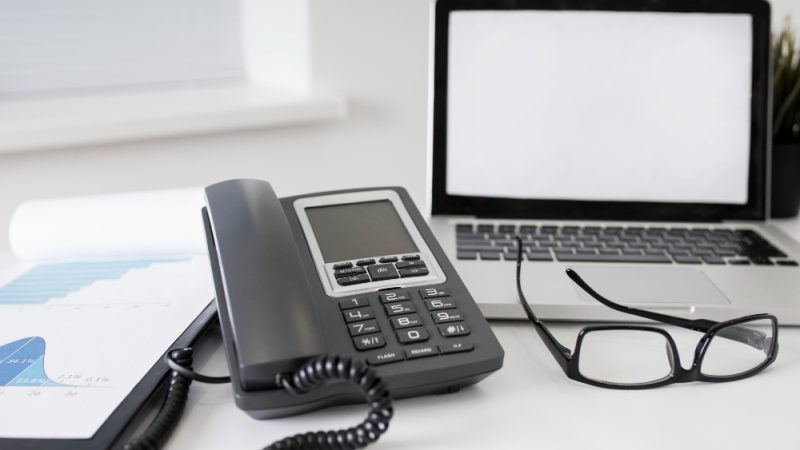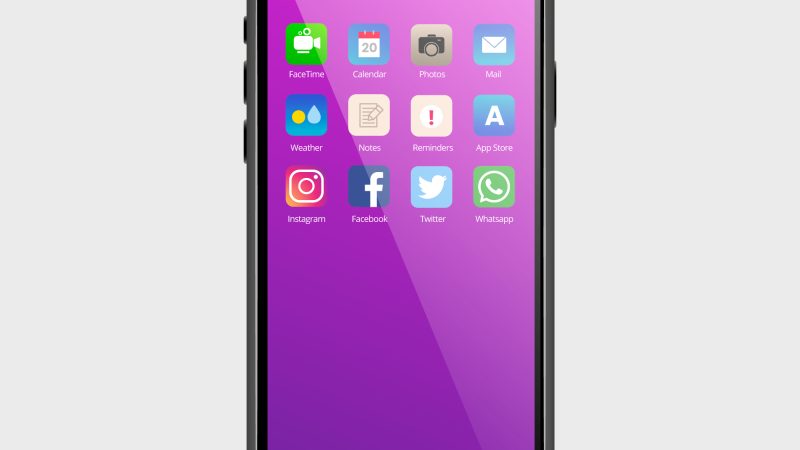The Impact of Full Memory on Smartphone Speed and Functionality
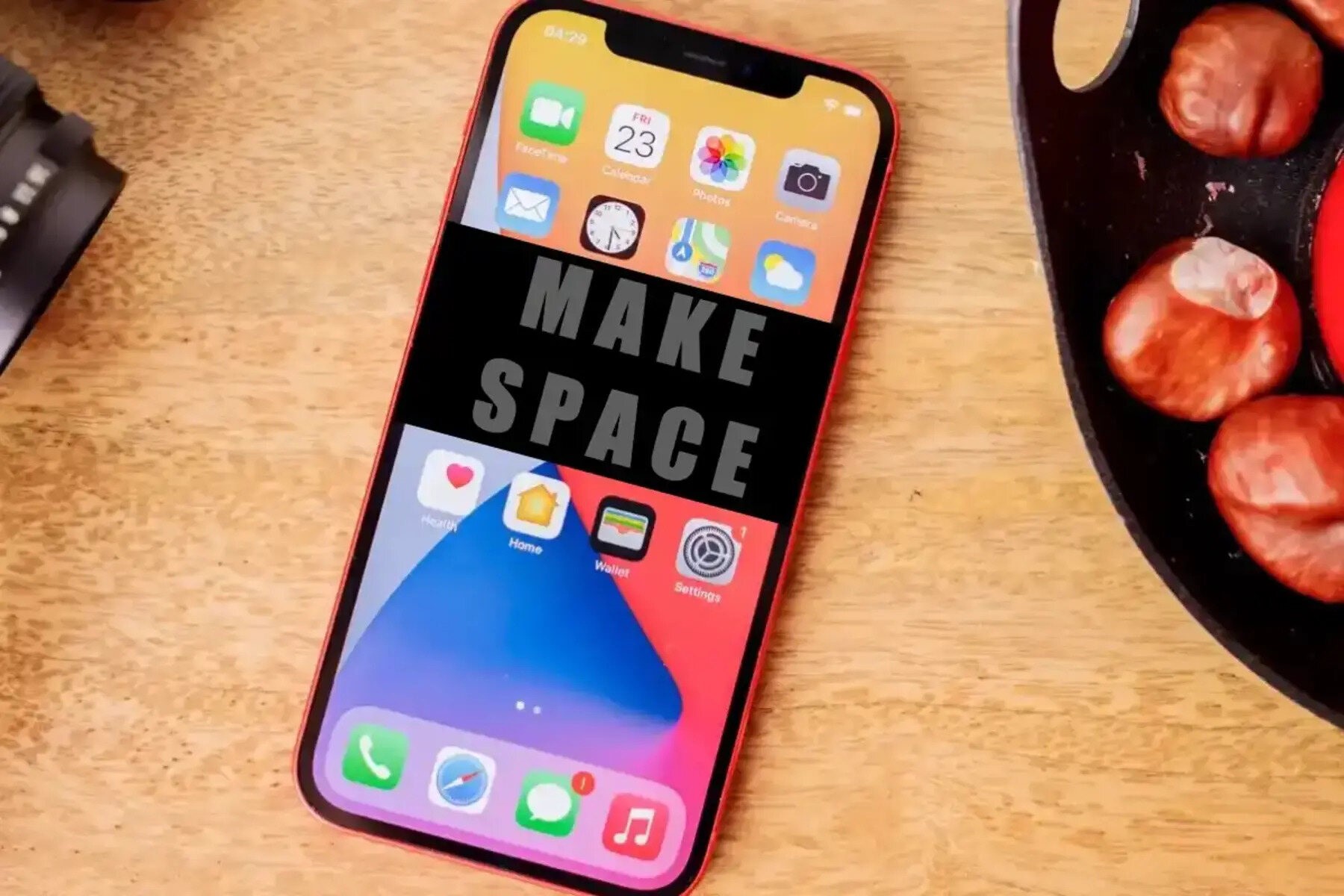
Ever experienced that frustrating moment when your computer or smartphone seems to crawl through tasks, then suddenly picks up pace once you’ve cleared some space? It’s not just your imagination – your device’s internal memory craves room to breathe, functioning similarly to RAM by needing space to operate efficiently.
But does this mean that keeping disk space uncluttered is the secret to a swift and smooth-running smartphone? Hold tight, as we delve deep into this topic and give you the lowdown on why maintaining some free space, especially if you’re rocking an SSD or the latest smartphone, is not just good practice, it’s essential.
What are the Problems with Full Memory on Smartphones?
Maxing out your phone’s memory isn’t just an inconvenience—it’s a recipe for numerous problems that can drastically degrade how your device operates and your overall satisfaction. Let’s break down just why it’s so crucial to keep on top of your phone’s memory management:
- Lagging Behind: Hitting the memory limit leads to a phone that crawls along at a snail’s pace. Expect apps that take ages to open, if they manage to load at all, and a general sense that your once-speedy device now can’t keep up, making every interaction an exercise in frustration and every task a test of patience.
- Apps That Give Up the Ghost: When there’s no room left at the inn, so to speak, your apps can start shutting down unexpectedly or crashing midway through your work. Not only is this disruptive, but you run the risk of losing important data or ending up with corrupted files.
- Too Hot to Handle: A phone that’s working overtime to compensate for a lack of memory space can get hot—literally. Pushing your device like this increases the risk of overheating, which in turn can damage sensitive internal components and reduce your phone’s lifespan.
- One Thing at a Time: Forget about smoothly switching between apps. When memory is maxed out, your phone may falter under the strain of multitasking, turning what should be seamless app transitions into a laborious, often impossible chore.
- Expect the Unexpected: A phone with no room to breathe is a phone that acts out. Anticipate sudden freezes, unintentional reboots, and a general unpredictable demeanor that can leave you questioning your phone’s reliability.
To sidestep these issues and ensure your device stays as responsive and dependable as when you first powered it on, keeping your phone’s memory unclogged is vital. It’s not just about making space; it’s about upholding functionality and enjoying your tech to the fullest.
How to Clear Memory on a Smartphone?
#1 Optimize Your Photos
Optimizing photos on your mobile device cleverly saves the original high-quality images in cloud storage, allowing only compact, space-friendly versions to remain on your handset. One might assume this could compromise the visual integrity of your photos, generating fuzzy or pixelated results. However, according to tech expert Fisco, this concern is largely unwarranted.
The disparity between the capture resolution of contemporary smartphones and the display capacity of their screens can be vast. Take the iPhone 14 as an example: it boasts a camera with 12 megapixels, yet the device’s screen effectively shows just under 3 megapixels. The finer details of your photographs aren’t typically discernible on the device.
#2 Cleaning Through Phone Cleaner
If you want to quickly return your smartphone speed to higher performance levels, you need the CleanUp phone app. This phone cleaner can find various types of junk on the device and remove it. The cleaner application does not touch the user’s valuable information. To determine this, the application uses machine learning and artificial intelligence. By the way, is clean up app safe and reliable? Yes, since the application does not collect information about users and their data, which means it cannot pose a threat.
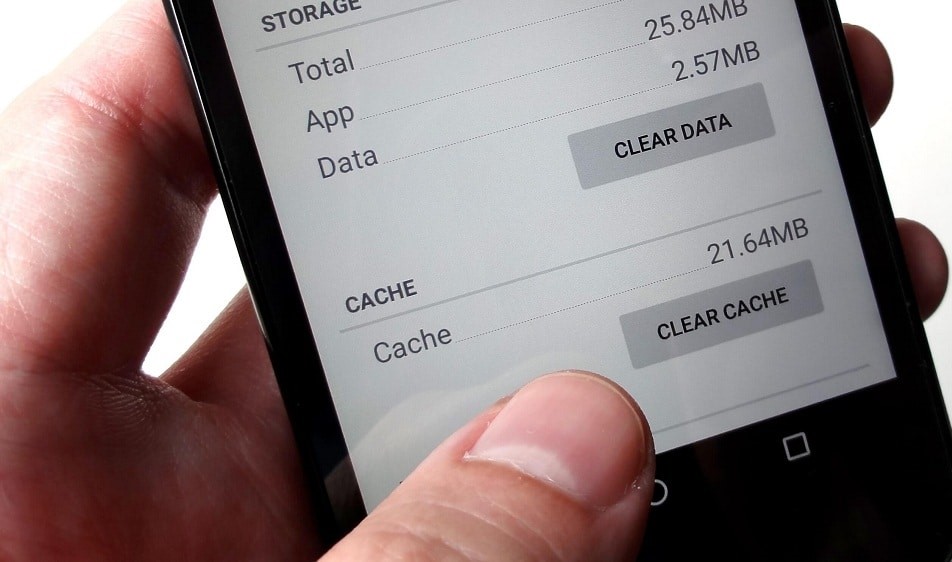
#3 Cleaning Out Attachments
Not just iPhones struggle with the dreaded “storage full” notification – if your phone comes with modest memory, you might be more familiar with this alert than you’d prefer. Tidying up can not only free up space but also enhance your device’s performance.
Kick off your digital cleanup by eliminating unused applications. Navigate to ‘Settings’ on your phone, select ‘Apps’ or ‘Apps and notifications,’ and locate the app you no longer need. Hit ‘Uninstall’ to remove it. Keep in mind, that the instructions may differ based on your phone’s brand.
Once you’ve cleared out unwanted apps, it’s time to address the clutter of redundant files taking up precious space. For this, there’s a straightforward solution using the Files app – a built-in feature that might be unrecognized to many. This tool, developed by Google, functions as a file management system allowing you to quickly eliminate, organize, and share your files.
#4 Clear Your Cache
To clear space on an Android device, navigate to the “Storage” settings and tap on the apps of your choice. You’ll often find two options: “Clear Cache” and “Delete Data.” The former eliminates temporary files like search histories in YouTube or Chrome, while the latter option goes further by erasing all stored data within the app, including your personalized settings. Utilizing either function will recover some storage space.
For iPhone users, clearing Safari’s browsing history and data can significantly declutter your device. This action could reclaim several hundred megabytes, with the actual amount varying based on how you use the browser. To perform this task, follow these steps: open Settings, tap Safari and then select “Clear History and Website Data.” If you’re a user of other browsers, such as Chrome, similar steps apply to those applications as well.
Conclusion
Transform your Android device or iPhone into the high-speed machine it’s meant to be! The secret? Regular tidying up. Sweep away the digital debris, be selective about the apps you install, and don’t shy away from handy third-party tools.
Stay on top of your phone’s upkeep with some routine housekeeping, managing applications thoughtfully, and monitoring how much memory you’re using. These simple habits can dramatically uplift how your phone feels and performs day-to-day.

